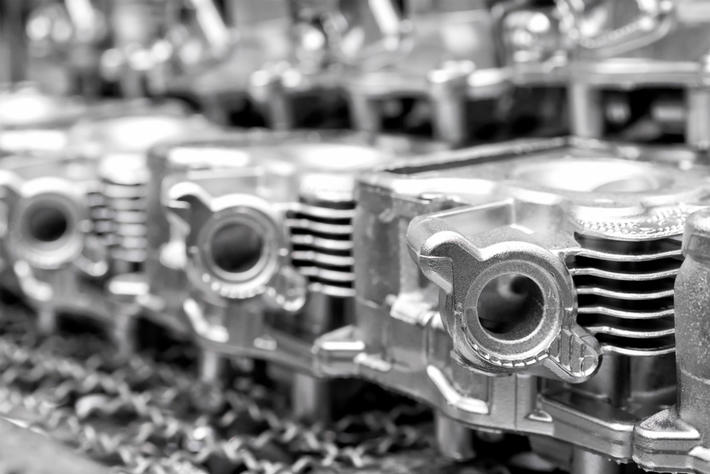
The Brescia metals industry looks beyond the Covid-19 emergency
The president of Confindustria Brescia underlines the strength of the ferrous and non-ferrous metallurgy sector during the pandemic, in particular in Northern Italy and in the Brescia area, the European Valley of metal processing, from steel to metals red, aluminum.
The president of Confindustria Brescia, which also brings together the excellence of Italian metallurgy, both ferrous and non-ferrous. So not only the steel industry, where among the main operators there is the Feralpi Group led by the president of Confindustria Brescia one of the first European producers of steel for construction with a turnover of 1.3 billion euros, but also the metallurgy of brass, copper, zinc, lead and in particular aluminum, a sector that has been experiencing extraordinary growth in recent decades.
Let's start with the central theme of the present day, how is the metallurgical sector in Lombardy and the Northeast facing the economic crisis from Covid-19?
"Metallurgy, both ferrous and non-ferrous, is among the sectors with the best performance in Italian industry. Steel in particular showed incredible resilience. In Lombardy and also in the Northeast, from what my colleagues from Veneto and Friuli tell me, the steel industry, for example, did not suffer large orders losses and the balance sheets held up in terms of solidity and profitability, as demonstrated in the recent presentation of Bilanci d'Acciaio by Siderweb. "
So there was more damage in 2008?
“At that time, the financial crisis led to a lack of liquidity with global repercussions, since the steel industry in particular was one of the backbones of the eastern and western economies. In the crisis due to the pandemic, however, the steel industry held up. During the lockdown we have set up an adequate structure to remain competitive. I am referring, for example, to the Task Forces born in a very short time and to the resilience committees to make the reaction capacity structural. There are companies that are investing over the long term. Because in the steel industry it takes 5 to 10 years for investments in the environment or processes to have effects. We decide today what we will be in 10 years, so we need to have clear ideas and be anticipators. "
How does our metal sector compare with German competitors?
"After Germany, Italy is second in Europe, with districts like the Brescia one born from the spread of skills from some large companies in the area. Germany certainly has an older industrial history, especially in heavy industry, where coalfields have made a difference. Furthermore, the German system thinks in terms of networks, polytechnics and universities are traditionally linked to businesses. The Germans then make us understand the value of the industrial brand, they have created many and the striking example is the car one, where they have managed to be synonymous with top quality. A company with a strong brand has an extra gear: it cannot be replaced like an undifferentiated supplier. "
What is the Brescia tradition of non-ferrous metallurgy, in particular aluminum?
“Brescia is a national record. The Brescia capital companies active in the production and foundry and in the transformation of non-ferrous metals develop over 3 billion in turnover (processing by Centro Studi Confindustria Brescia on AIDA data) with a positive social impact. In 2018 the sector employed 9297 people, of which 3641 in the production sector and 5656 in the merger sector (elaboration by Centro Studi Confindustria Brescia on ISTAT data). The second province of Italy after Brescia, in terms of concentration in non-ferrous metallurgy, is Turin, but well spaced with 1500 employees. Large Brescia groups continue to be a transversal point of reference: from recycling, extrusion, foundry and diecasting to mechanical processing and finishing, including plant engineering for production and transformation technologies. Aluminum has always been part of our manufacturing heart. More than 25 years ago, one of the most important international trade fairs dedicated to light metal and its alloys was born in Brescia. "
What are the Brescia aluminum markets?
"There is a great tradition of both foundries and downstream processing of light metal and the aluminum industry. There are many companies operating in the automotive sector, producing components for the international supply chain. First of all for the German automotive industry, which finds many accredited first level (OEMs) and second level (Tier 1, 2, 3) suppliers in the Brescia area. And then aluminum for construction, starting with the large international market for the facades and external envelopes of buildings. Furthermore, the growing use of aluminum in public transport should be noted. For example, in the railway sector in combination with steel for the bodywork and interior components of wagons and in the electrification of the lines and the internal systems of the trains."
Source: A&L Aluminium Alloys Pressure Diecasting Foundry Techniques


